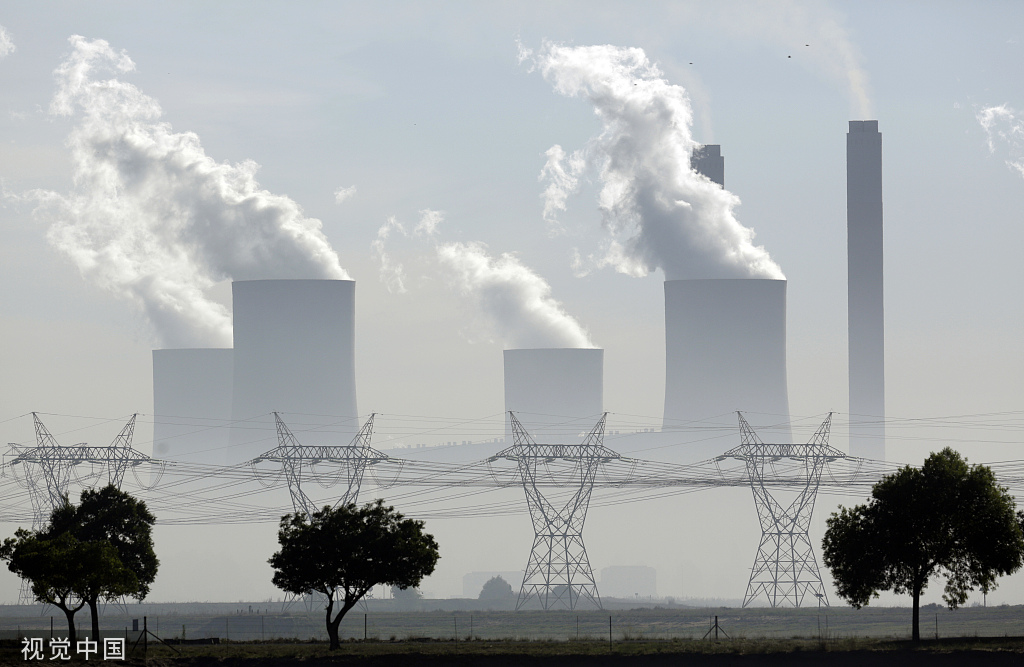

Smoke billows from the chimneys of the Lethabo coal-fired power station in Vernishing, South Africa. People's Vision Data Map
An international research team recently published an article in the British academic journal "Nature" that radiocarbon dating, widely used in archaeology, forensic identification and other fields, may gradually fail in the future, because the carbon emitted by the burning of large amounts of fossil fuels has changed the atmosphere. The composition ratio of carbon isotopes in the middle.Radiocarbon dating is a technical means of judging the age of an item by measuring the carbon-14 content in the item. Carbon 14 is a radioactive isotope of carbon with a half-life of about 5700 years, which decays spontaneously.
There are different carbon isotopes in the Earth's atmosphere, mostly carbon 12, with a small amount of naturally occurring carbon 14. Organic materials such as wood and bones contain carbon 14 that is ingested from the atmosphere when the organisms survive. After the organisms die, they will no longer take in new carbon 14, and the existing carbon 14 content in the residual organic matter will continue to decay and decrease. The proportion of the content and the reference curve can be used to estimate the survival time of these organisms. This method can be traced back to about 55,000 years ago, and can also be used to estimate the approximate time when objects such as wine that have existed for decades were produced.
However, several researchers from the United Kingdom and the United States believe that the accuracy of carbon-14 dating may be unsustainable. The website Nature reports that the proportion of carbon 14 in the atmosphere is falling rapidly as the burning of fossil fuels emits large amounts of carbon dioxide that does not contain carbon 14. Heather Greven, a climate physics researcher at Imperial College London, explained that if emissions from fossil fuels continue to increase, and the proportion of carbon 14 in the atmosphere declines, the carbon 14 content of some items expected to be generated in 2050 may be Similar to the carbon 14 content of some medieval artifacts. Kevin Uno, a researcher at Columbia University's Earth Observatory in the United States, believes that if these predicted trends come true, radiocarbon dating may gradually fail.
But the researchers also said that other techniques could also be used to estimate the age of the objects, including trying to use other radioisotopes to date them.
(Original title "Carbon Emissions May Make Radiocarbon Dating Gradually Ineffective [New Knowledge]")
Related Posts
0 Comments
Write A Comments